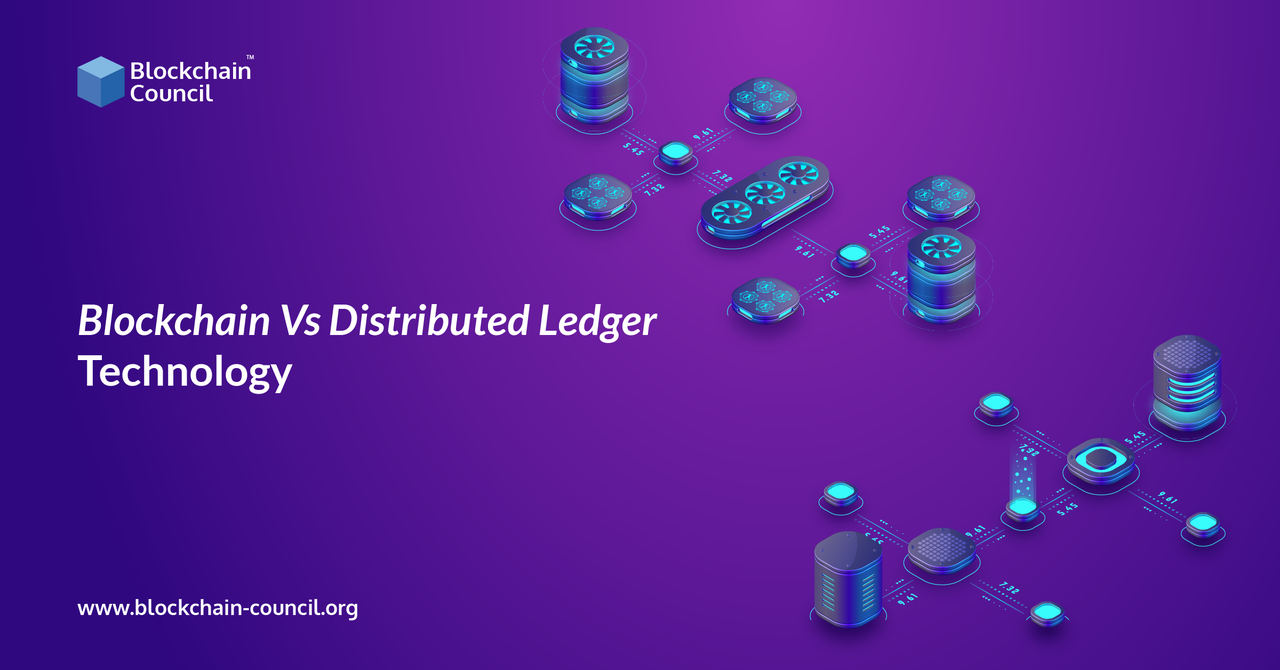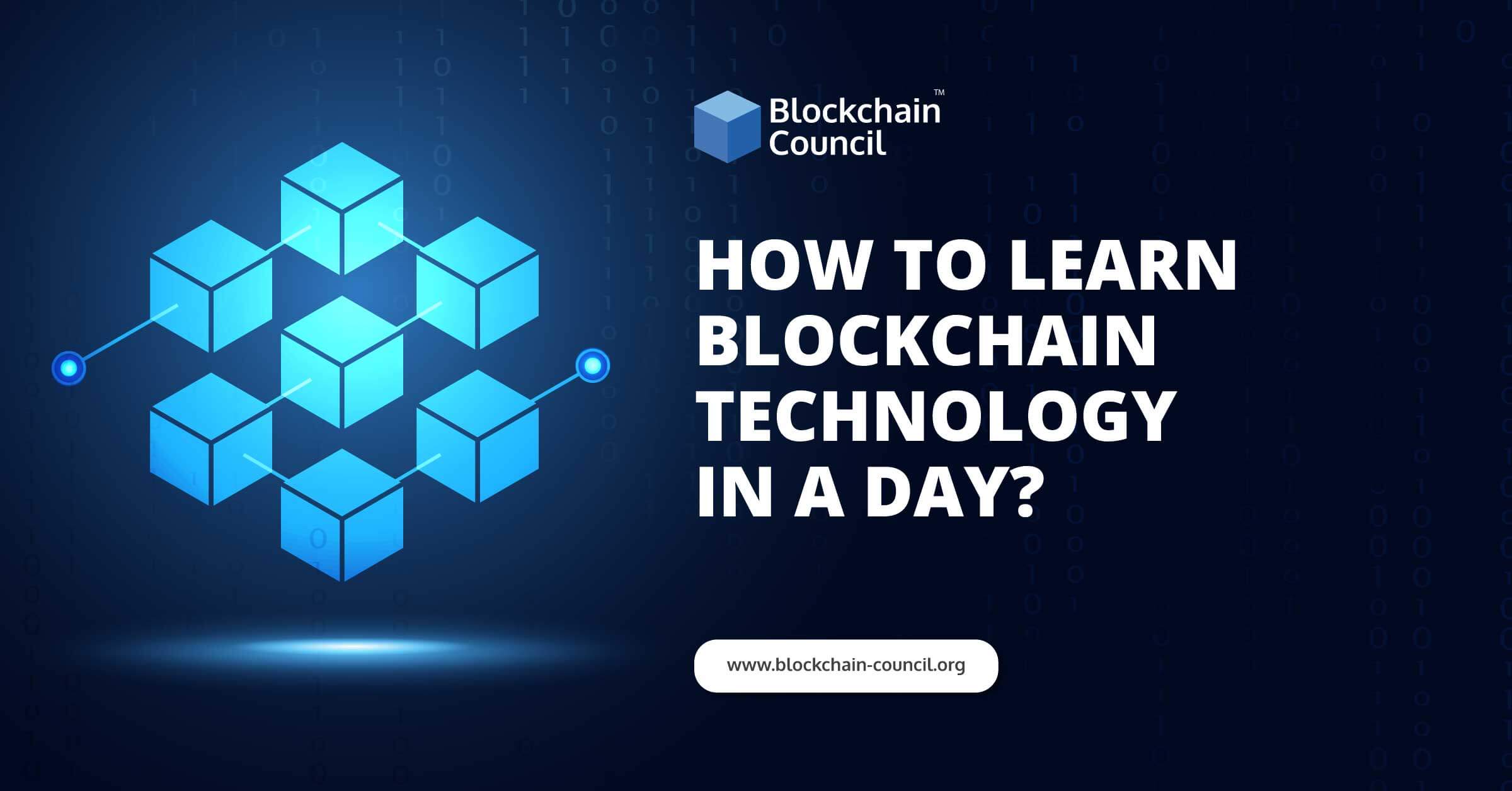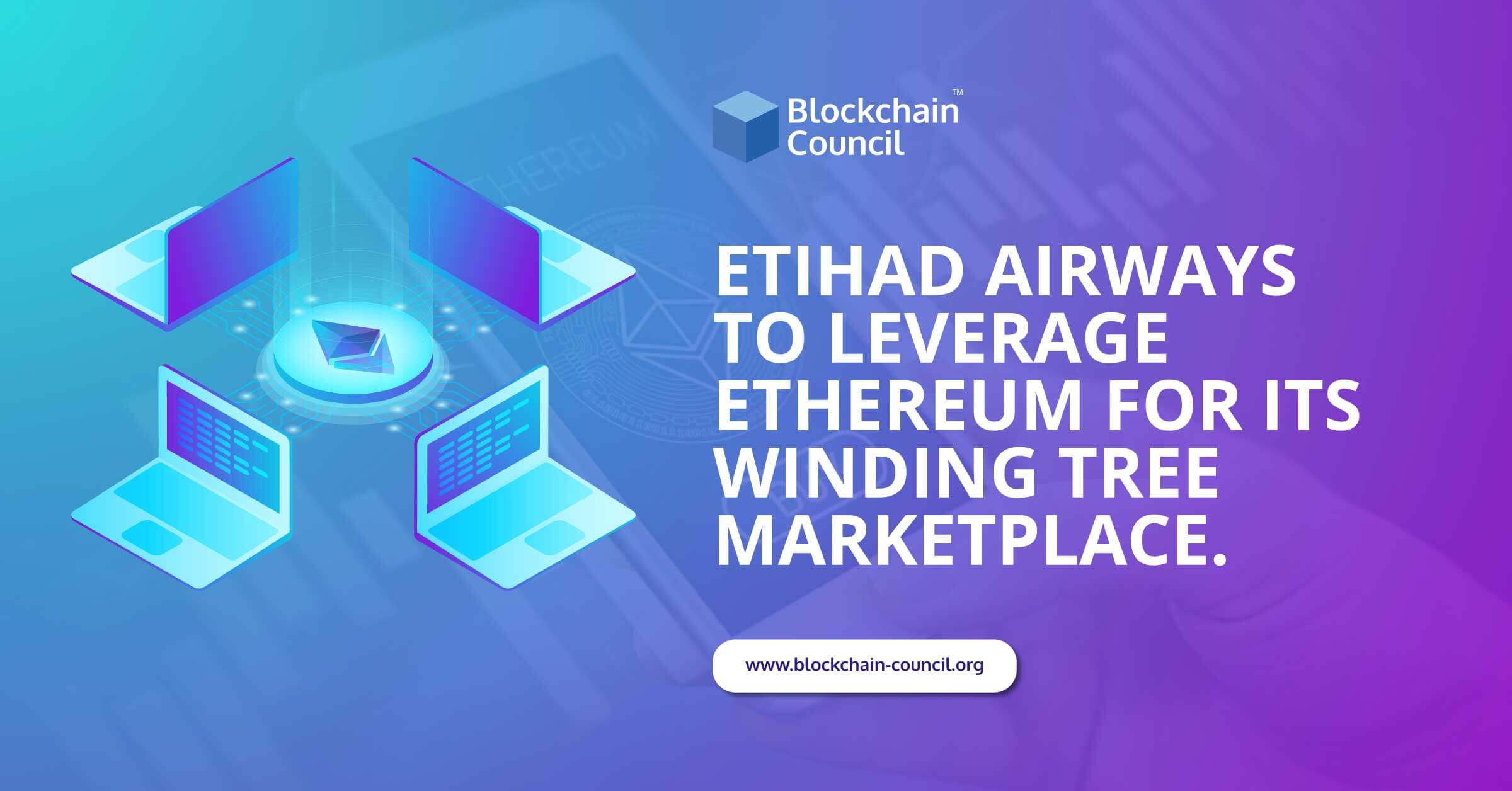
- Ayushi Abrol
- March 27, 2023
For information that is being transmitted over the Internet or stored at rest, tokenization and encryption are frequently mentioned as ways to protect it. While tokenization and encryption can both help your organization meet its own data security policies, they can also fulfill regulatory requirements such as those under PCI DSS, HIPAA-HITECH, GLBA, ITAR, and the EU GDPR.
Tokenization and encryption are not synonymous, nor can they be used interchangeably. There are strengths and weaknesses to each technology, and based on those, one or the other should be used to secure data depending on the situation. Using encryption and tokenization for the whole end-to-end payment process is used to secure electronic payment data, such as when encrypting and tokenizing it.
It can be challenging to select the right security technology for your company’s data. There are myriad options and a lot of industry jargon to contend with without much reliable information to make well-informed business decisions. To facilitate this process, you will look at two popular technologies that are often compared to each other: tokenization vs. encryption.
Those who have experience working with data security are probably already familiar with the concept of encryption.
Understanding Tokenization
As the name suggests, tokenization involves turning meaningful data into random strings of characters called tokens.
A token has no meaning in its natural state and only serves as an intermediary between the actual data and the token. Furthermore, tokenization is not a cryptographic method of transforming sensitive information into ciphertext, which means that if a data breach occurs, you cannot guess the original data from the token.
The Benefits Of Tokenization
Statista reports that 540 data breaches occurred alone during the first half of 2020. Data protection is your responsibility when collecting information about consumers. However, tokenization software stores data in a third-party database, reducing the responsibility of managing sensitive data within your company. Furthermore, you are less likely to reveal that data if you suffer a data breach since you are not required to maintain the staff and resources needed to protect the collected data.
The tokenization process is also time- and money-saving. While it does not eliminate the need for your company to prove compliance with PCI Data Security Standards (PCI DSS) or other compliance requirements, converting the vulnerable data form reduces the workload of your compliance team. When you use simple software tools and tasks to ensure compliance, you end up saving a lot of valuable time and money.
Understanding Encryption
Using mathematical algorithms, encryption transforms plain text information or sensitive data into unreadable encrypted information called ciphertext, which is produced using an encryption key. If you wanted to make the text readable again, the text would need an algorithm and a description key.
The Benefits Of Encryption
By encrypting data, you can protect a wide range of data types, including credit card information, documents, emails, and passwords. Despite tokenization being more suitable for small pieces of data, you can encrypt entire documents to ensure the safety of the data.
The encryption process uses algorithms to secure data, making it faster. During tokenization, each character or number is converted into a random character. This process takes a long time.
The encryption process allows you to share decryption keys with others or gain remote access to files without worrying about security vulnerabilities. The tokenization process requires you to find a secure way of sharing your original information with the receiver so they can decrypt it. The decryption key is all they will need with encryption, however.
Comparison Of Tokenization With Encryption Is Vital
Initially, tokenization and encryption appear as highly efficient data obfuscation technologies. When it comes to the security of information during its transmission over the internet or storing it at rest, tokenization and encryption are frequently associated with each other as preferred methods. Interestingly, both help an organization comply with regulatory requirements while addressing its data security policies. There are a number of unique regulatory requirements in this case, such as the PCI DSS, EU GDPR, HIPAA-HITECH, ITAR, and GLBA.
Nonetheless, it would be entirely unreasonable to assume that they are both the same. On the other hand, it is a bit premature to answer the question ‘Is tokenization better than encryption?‘, especially considering that both instruments have their advantages and disadvantages. Therefore, either of them could provide adequate data security in certain circumstances, depending on their specific strengths.
In some cases, such as the case of electronic payment data, both tokenization and encryption are implemented for securing the end-to-end process. Now, as you have understood all about the two terms, their advantages and the need to compare them, let us move to the difference between the two!
Is It Possible To Break Them?
First and foremost, data encryption is reversible. Since encrypted data can be returned in its original, unencrypted form by design, anyone or any entity with access to the encryption key can uncover sensitive information that encryption is intended to hide. It is the key, or algorithm, that secures the data that determines how strong the encryption is. A more complex algorithm will produce a more robust form of encryption that is more difficult to crack. On the other hand, a simpler one will be easier to crack.
Nevertheless, all encryption is eventually breakable-it’s simply a matter of how strong your algorithm is compared to the computing power of the malicious actor that is attempting to crack it. As a result, encryption doesn’t really protect data. Data obfuscation is more effective. Instead of preventing outside parties from accessing data, encryption is primarily intended to make it more difficult, but not impossible, to find the accurate information hidden within the encrypted data if it were to become exposed.
Concerns About Compliance
In addition, encryption poses a problem because, due to its reversibility, the PCI Security Standards Council and other similar governing entities responsible for enforcing regulatory compliance still view encrypted data as sensitive. The PCI DSS considers encryption to be insecure, which means it requires additional safeguards to safeguard it in compliance with its requirements adequately. Even though encryption is widely recognized as an effective security technology, it is reversible and can be returned to its original form.
The result is that organizations are likely to incur significant capital expenditures in purchasing additional solutions to adequately protect this encrypted data, which is compounded by the substantial costs involved with meeting compliance obligations for other areas of a business.
Furthermore, if your company is non-compliant because of encryption, or if your encryption algorithm proves to be vulnerable — allowing your organization’s and your customers’ sensitive information to fall into the wrong hands — the subsequent fines can destroy your business. According to reports, PCI violations can result in fines of $25,000 a month without a breach, regardless of whether the violation took place. IBM Security and the Ponemon Institute estimate that if your environment or the data contained inside are compromised, it may cost approximately $150 per record lost.
Tokenization, on the other hand, does not have these issues. Because tokenization does not rely on encryption to keep data safe. As opposed to securing information with a breakable algorithm, a tokenization system substitutes random data for sensitive information, mapped one-to-one within your environment. Due to the fact that the original, sensitive information is not contained within the token, it cannot be reversed into it. Rather than containing information, the token is simply an indication of data that cannot be reversed. In the meantime, the sensitive information is stored in a separate location, such as a secure offsite platform. Therefore, your internal systems do not have any access to or care for sensitive customer data at any time, thereby reducing your regulatory compliance requirements and virtually eliminating the possibility of data theft.
In other words, if a hacker breaks into your environment and steals your tokens, they actually haven’t stolen much. They are not capable of being used fraudulently. Those who possess the tokens need to undergo additional security checks and verify their identity before they can exchange them for the original, sensitive data. Moreover, as this article already mentions, tokens cannot be reversed independently of the secure platform or software.
Following The Differences Between The Two
You would need more in-depth knowledge about encryption and tokenization in order to answer ‘is tokenization better than encryption? and you would have to consider other points of difference as well. Considering the following factors, let’s take a closer look at the differences between tokenization and encryption.
Definitions And Methods
For the security of sensitive data and information transmitted over the internet, tokenization and encryption are two methods used. The tokenization process replaces sensitive data with random values that are completely unrelated to the sensitive data. By contrast, encryption uses encryption algorithms and keys to convert plaintext information into ciphertext.
The tokenization process creates two databases, one for storing actual data, and another for storing tokens that are correlated to every piece of the real data. As a result, it basically generates a token representing plaintext information and stores a mapping of that token to its true value in another database. By using the right key, encryption can be reversed, which scrambles plaintext information.
Adaptability
In modern data security applications, tokenization is used instead of encryption. The scalability implications of this are significant. Enterprises need to remain flexible in the face of ever-changing trends in the modern business environment. The creation of additional data as time passes is one of the most important concerns for an enterprise. With encryption, large volumes of data can be scaled by using just the encryption key.
The tokenization process, on the other hand, poses considerable challenges when it comes to scalability and performance when databases grow.
Usages Appropriate
As well as pointing out the differences between tokenization and encryption, the appropriate areas of application provide adequate context. Encryption works for both structured and unstructured data, such as entire files in their entirety. On the other hand, tokenization is more appropriate to use only on structured data fields. The tokenization of structured data fields, such as social security numbers or payment card numbers, focuses on the future.
Exchanging Data In A Flexible Manner
A clear answer to the question ‘is tokenization better than encryption?’ would also emphasize the ease of data exchange with both tools. A reliable method for exchanging confidential data with third parties who possess the encryption key is encryption. Tokenization, on the other hand, requires direct access to the token vault, which maps token values for facilitating data exchange. Therefore, tokenization makes it extremely difficult to exchange sensitive information.
Determining Tradeoffs
The other thing you should take into consideration in the tokenization vs encryption debate concerns the tradeoffs involved. You give up certain things to receive a benefit of security, which is referred to as a tradeoff. As with data format, you will face the dilemma of preserving data quality or retaining encryption strength when dealing with encryption.
There are, in fact, some encryption schemes that preserve their format at the expense of encryption strength. This is a case in which tokenization offers a significant advantage because it ensures the format is maintained without compromising security.
Let us summarize the points we discussed above:
| Category | Tokenization | Encryption |
| Definitions and methods |
|
|
| Adaptability | Scalability and performance challenges with the growing database. | Ideal for scaling data volume |
| Usages appropriate | Appropriate only on structured data fields | Appropriate for both structured and unstructured data |
| Flexibility in data exchange | Difficulty in exchanging sensitive data. | Comparatively reliable and flexible option |
| Determining tradeoffs | Format remains maintained; no compromise in security | Unstable strength; compromise in quality |
Bringing It To A Close
Answering a few critical questions will help you choose between the two data security methods:
- Which industry do you work in, and does your company always experience data breaches or hacking attacks?
- Do you want to protect specific numbers, such as credit card numbers or account numbers (tokenization), or entire databases (encryption)?
- Do you think you could comply with your company’s data security policy more easily with which option?
- Based on your budget, which option would be more feasible?
- What are the potential benefits of tokenization or encryption for your company based on your company size and customer base?
While the above are excellent guiding questions, we would recommend using both techniques together— tokenization and encryption—whenever possible. As both the methods are not mutually exclusive, you can employ them together to cover the other’s drawbacks and enhance your company‘s overall data security levels.
If you want to enter the blockchain world, we have everything that you need – click here. Obtain certification in a variety of blockchain domains to gain entry to a prosperous world that will ensure your job chances. Don’t forget to check out our special offers page for the best certification deals.





































































 Guides
Guides News
News Blockchain
Blockchain Cryptocurrency
& Digital Assets
Cryptocurrency
& Digital Assets Web3
Web3 Metaverse & NFTs
Metaverse & NFTs
